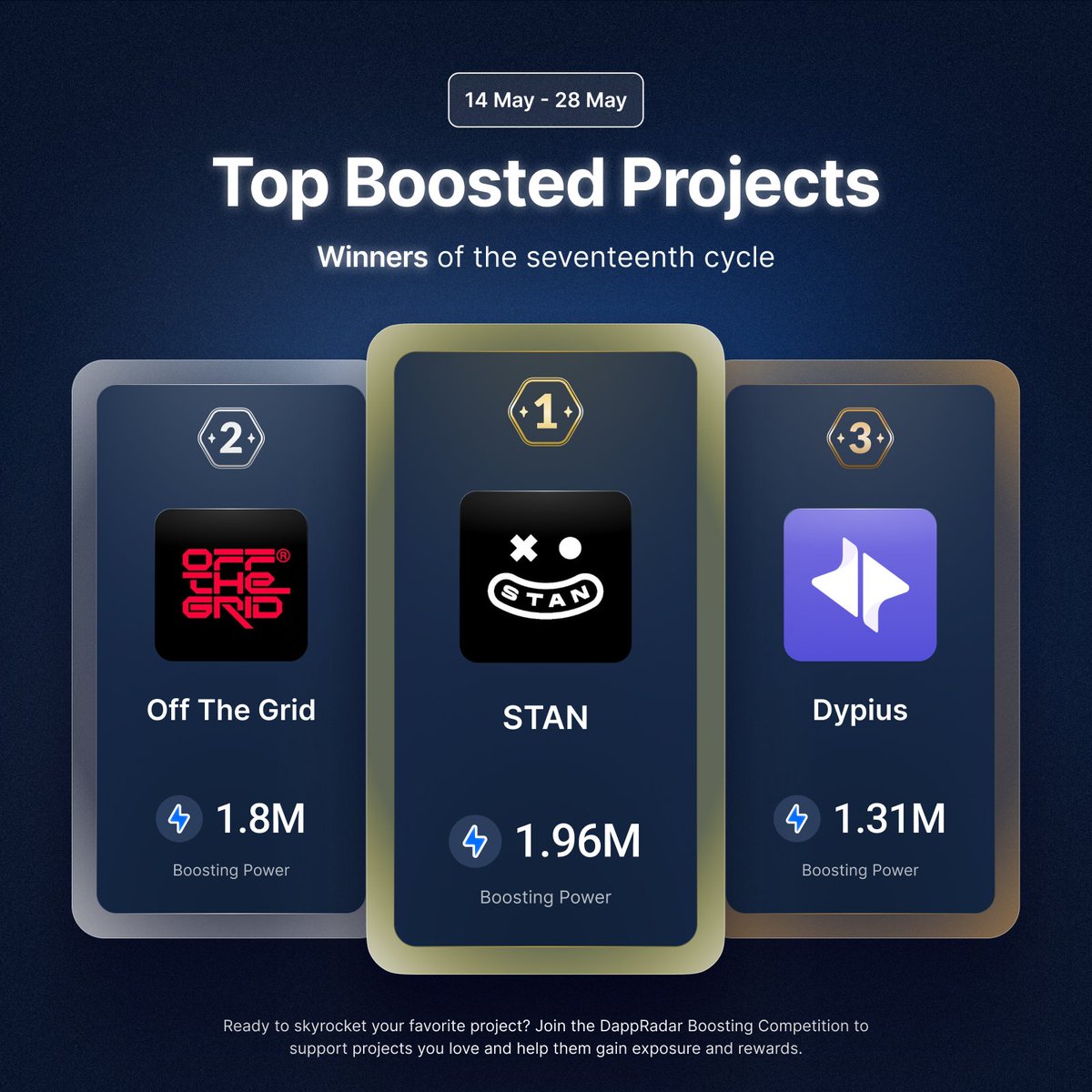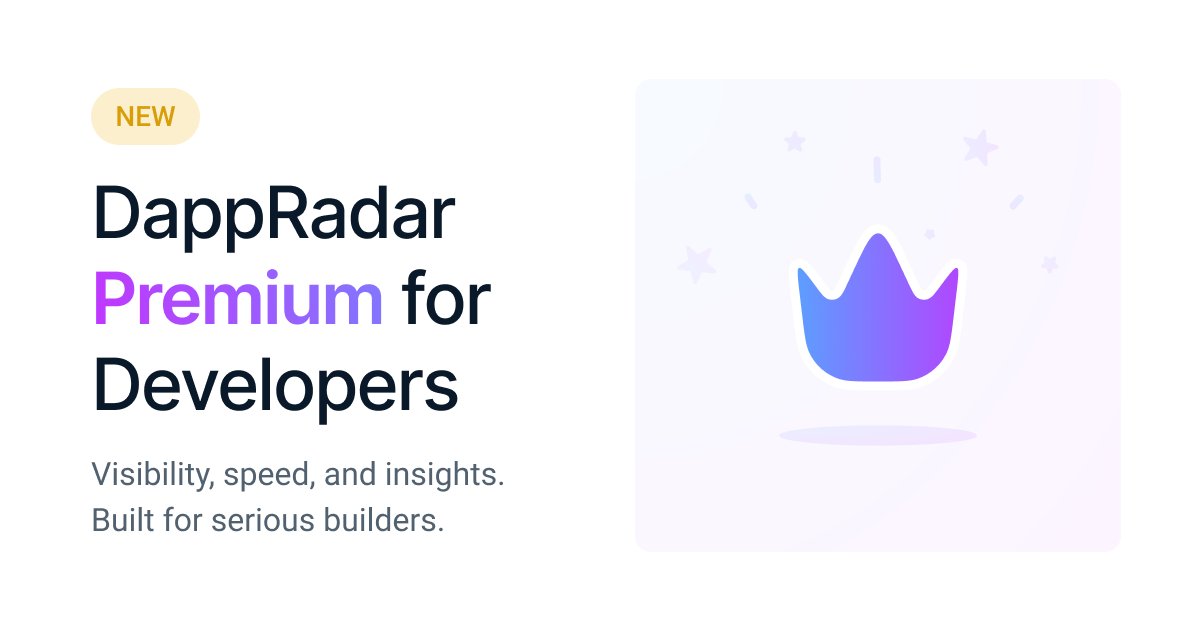
DappRadar price

Disclaimer
OKX does not provide investment or asset recommendations. You should carefully consider whether trading or holding digital assets is suitable for you in light of your financial condition. Please consult your legal/tax/investment professional for questions about your specific circumstances. For further details, please refer to our Terms of Use and Risk Warning. By using the third-party website ("TPW"), you accept that any use of the TPW will be subject to and governed by the terms of the TPW. Unless expressly stated in writing, OKX and its affiliates (“OKX”) are not in any way associated with the owner or operator of the TPW. You agree that OKX is not responsible or liable for any loss, damage and any other consequences arising from your use of the TPW. Please be aware that using a TPW may result in a loss or diminution of your assets. Product may not be available in all jurisdictions.
DappRadar market info
Market cap = Circulating supply × Last price

DappRadar Feed

RADAR calculator


DappRadar price performance in USD
Popular DappRadar conversions
| 1 RADAR to USD | $0.0032690 |
| 1 RADAR to EUR | €0.0028800 |
| 1 RADAR to PHP | ₱0.18238 |
| 1 RADAR to IDR | Rp 53.4063 |
| 1 RADAR to GBP | £0.0024289 |
| 1 RADAR to CAD | $0.0045112 |
| 1 RADAR to AED | AED 0.011997 |
| 1 RADAR to VND | ₫85.0638 |
About DappRadar (RADAR)
- Official website
- White Paper
- Block explorer
DappRadar FAQ
DappRadar is a leading platform that provides accurate market data and valuable insights into the decentralized application (dApp) market. It enables users to seamlessly track the movement of the market and stay informed about the latest trends and developments.
Holding RADAR tokens offers a range of benefits and utilities. RADAR holders have the opportunity to earn rewards and gain access to dApp tracking and data features offered by the platform. Additionally, holding RADAR tokens grants voting rights, allowing holders to actively participate in the governance and decision-making processes of the DappRadar community.
Easily buy RADAR tokens on the OKX cryptocurrency platform. OKX’s spot trading terminal offers the RADAR/USDT trading pair.
Monitor crypto prices on an exchange
ESG Disclosure
RADAR calculator



















Socials